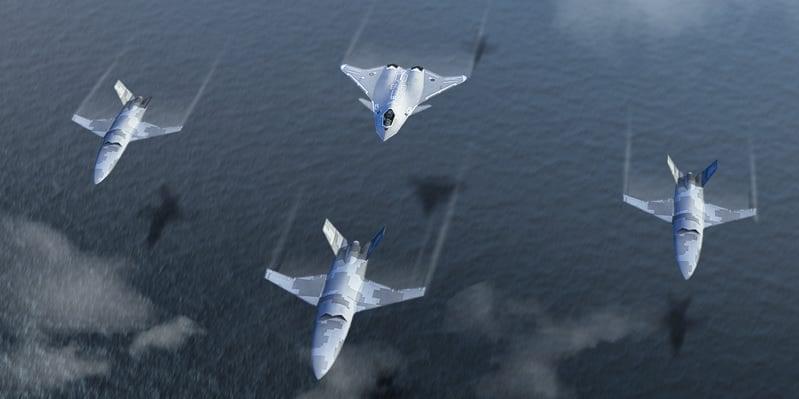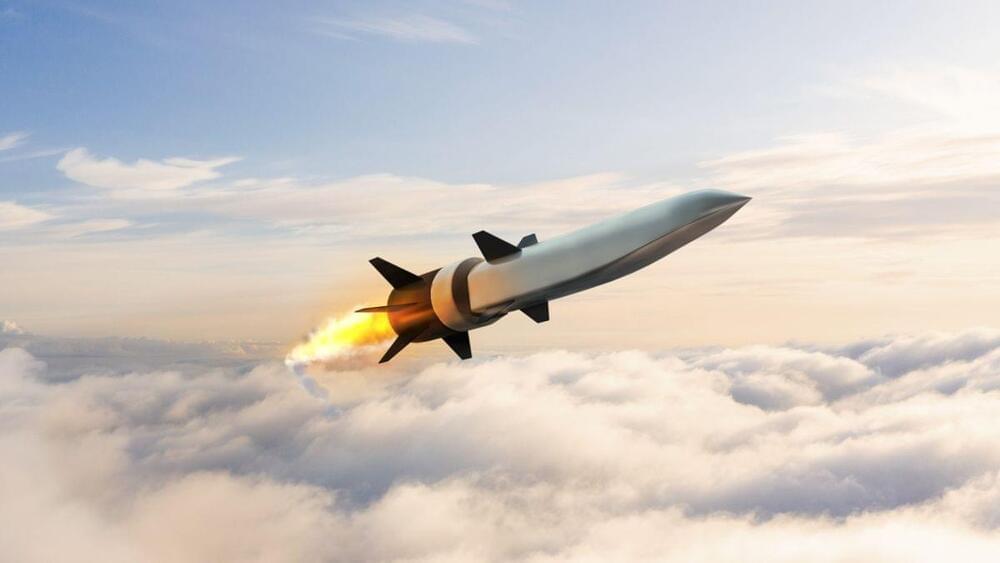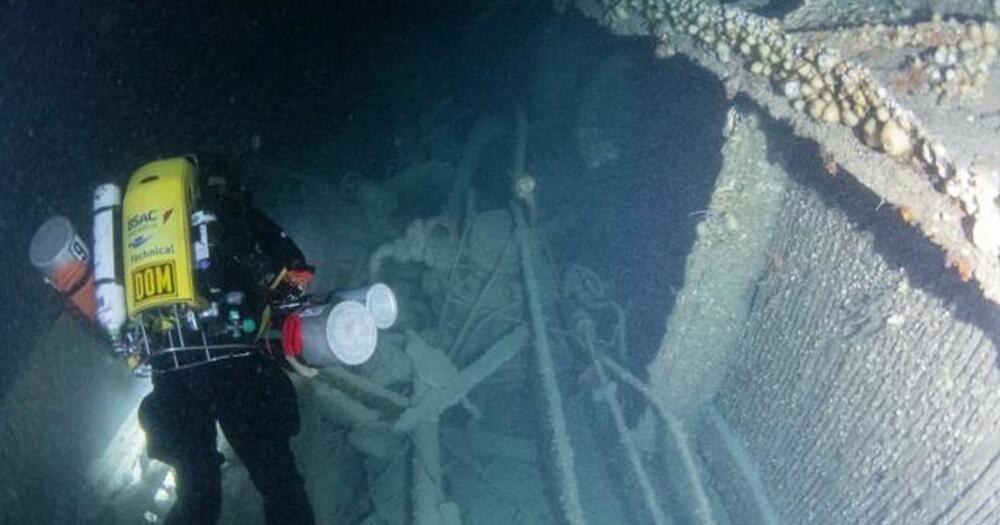The US Navy is exploring the novel technology of Directed Energy Weapons (DEWs) against Chinese and Russian hypersonic weapons in the absence of a potent defense against these highly maneuverable missiles.
The top admiral of the US Navy, Michael Gilday stated that directed energy systems are being developed as a potential countermeasure against hypersonic missiles, calling the advancements made by Russia and China in hypersonic weapon technology “a significant concern.”
The development of devices that would use high-energy lasers or high-power microwaves to remove a threat is a major priority for the Navy, according to Adm. Michael Gilday, Chief of Naval Operations, who is also the Chief of US Missile Defense Agency.




